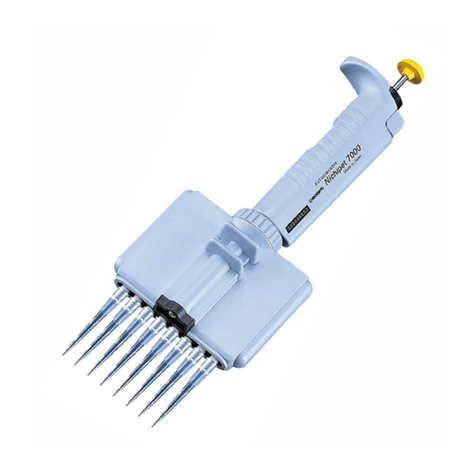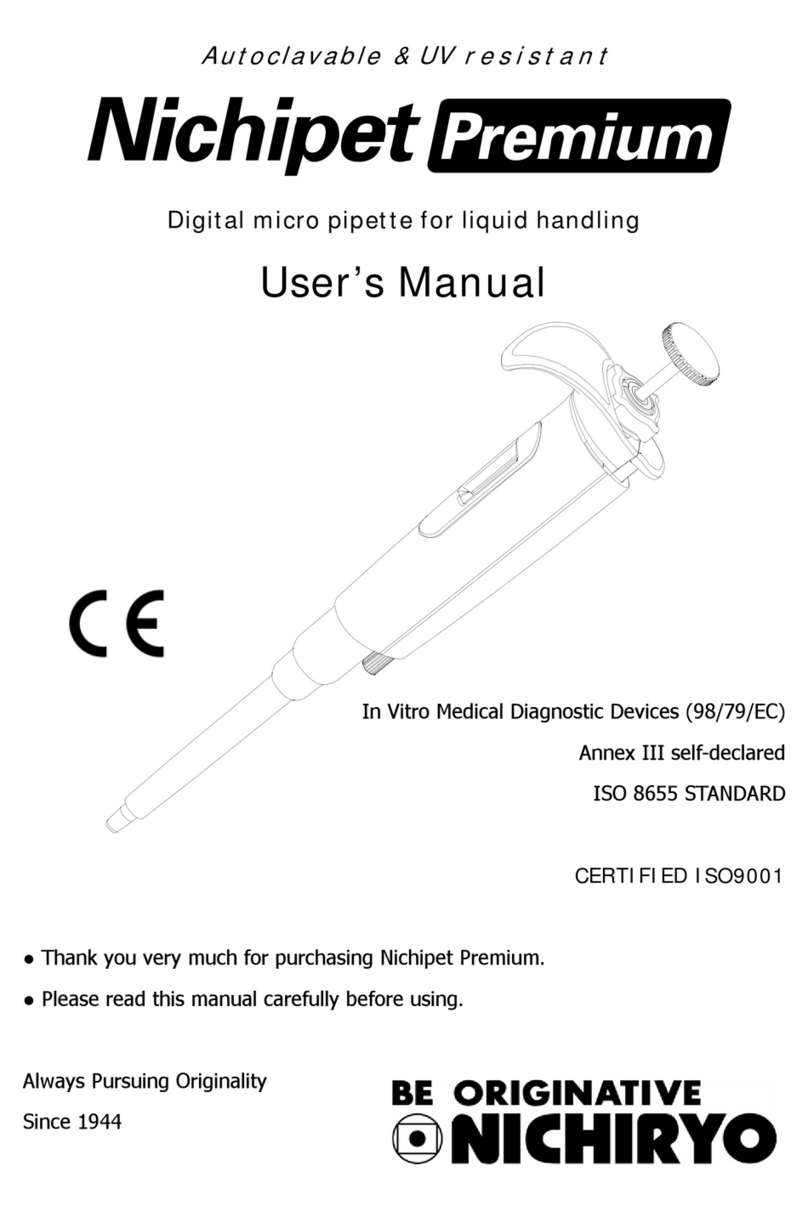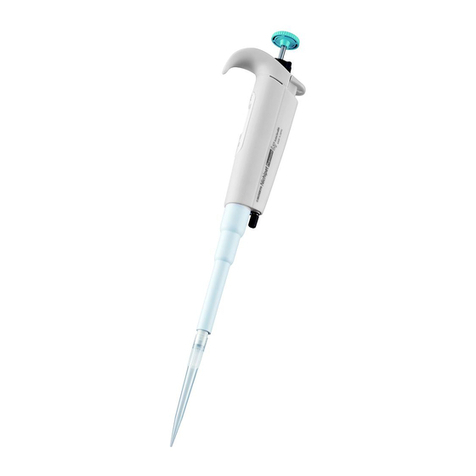Nichiryo Nichipet ECO User manual
















Table of contents
Other Nichiryo Laboratory Equipment manuals
Popular Laboratory Equipment manuals by other brands
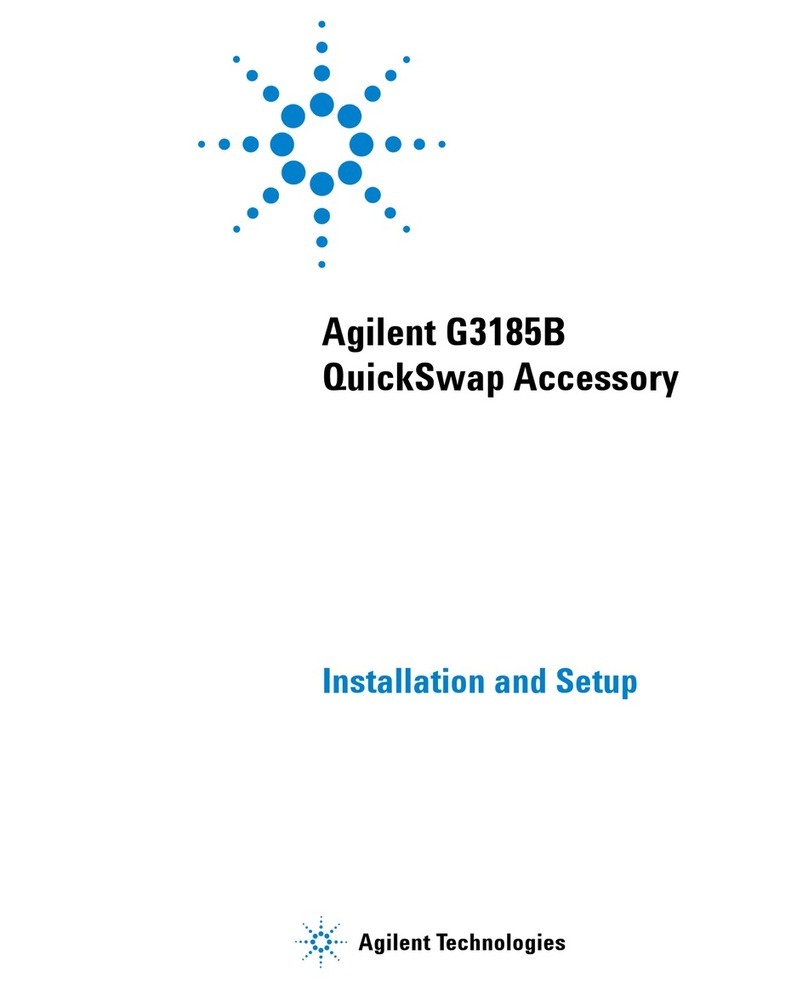
Agilent Technologies
Agilent Technologies QuickSwap G3185B Installation and setup
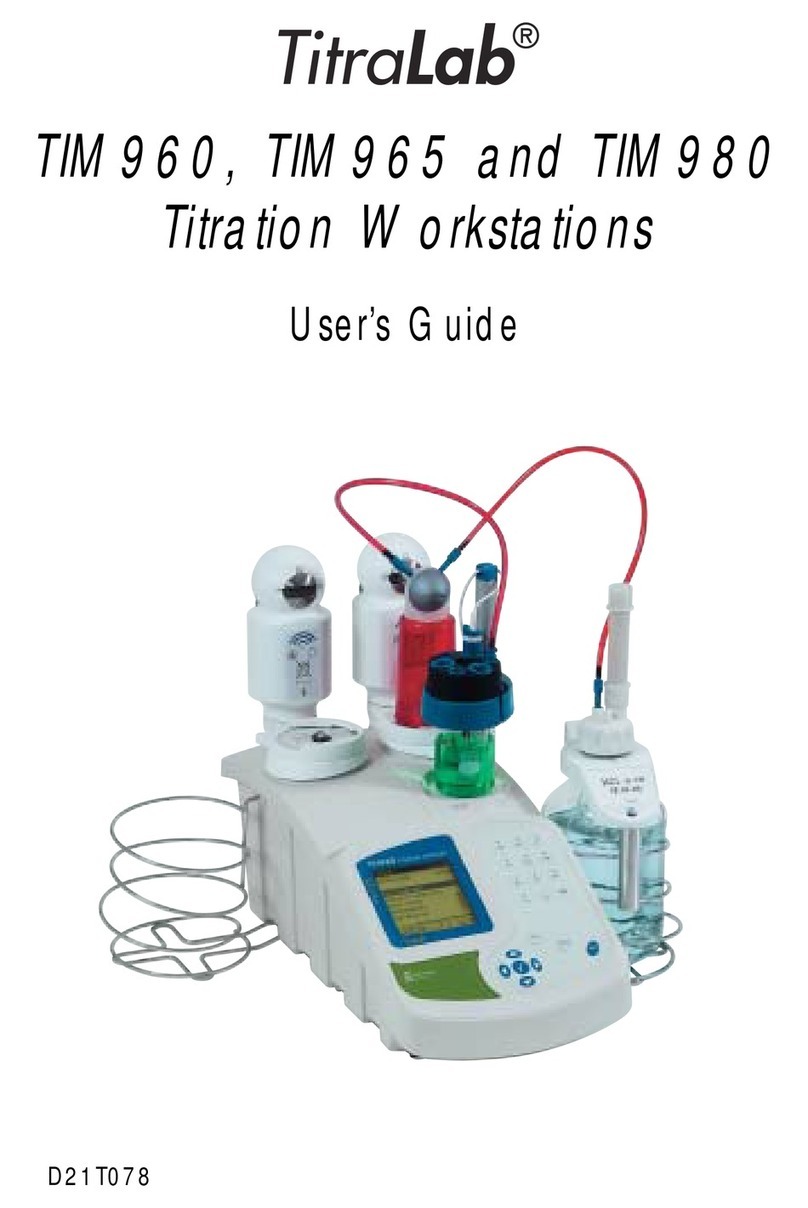
Radiometer Analytical
Radiometer Analytical TitraLab TIM960 user guide

Spinner II
Spinner II 600 HD installation instructions

Bartscher
Bartscher 823HO instruction manual
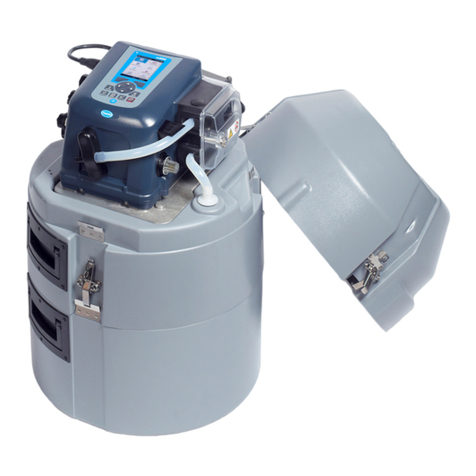
Hach
Hach AS950 AWRS Basic Installation and Maintenance
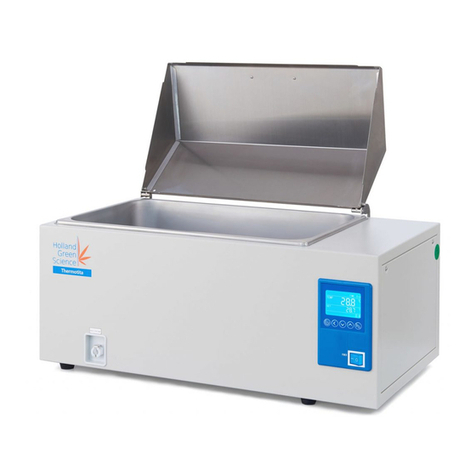
Holland Green Science
Holland Green Science 10301001 user manual
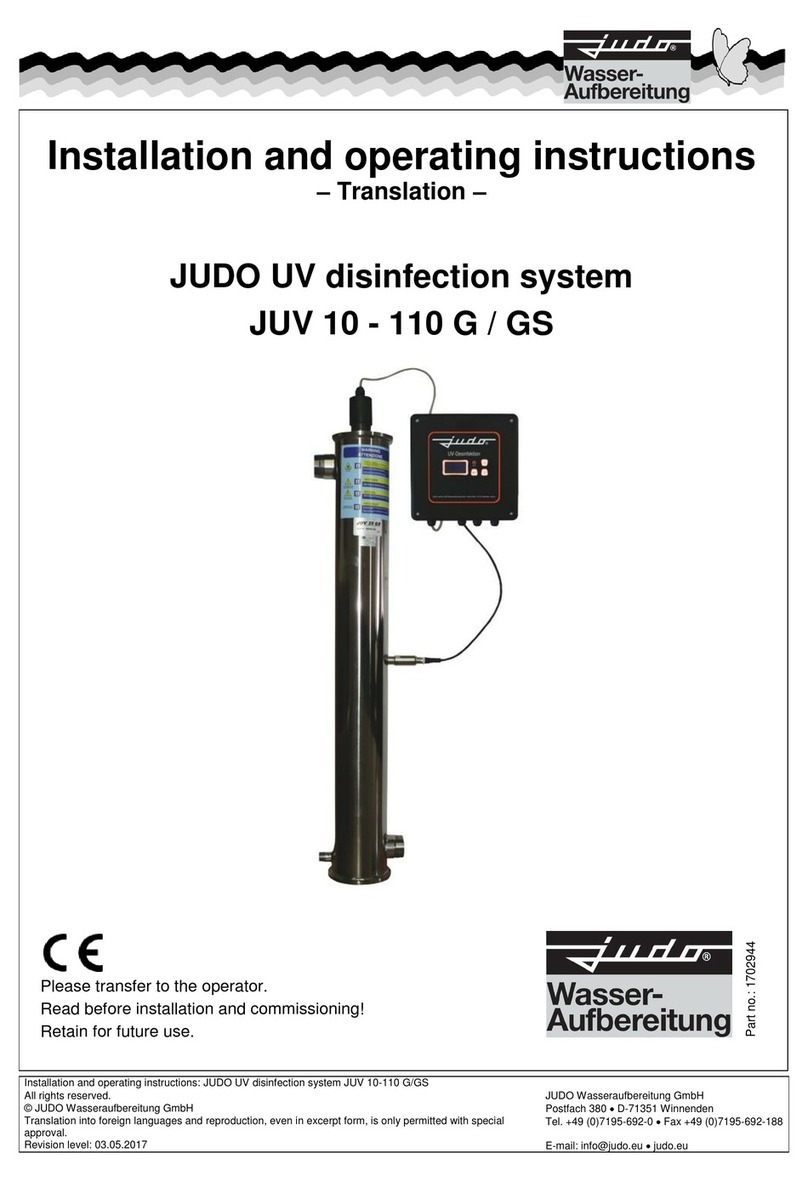
Judo
Judo JUV 20 G Installation and operating instructions
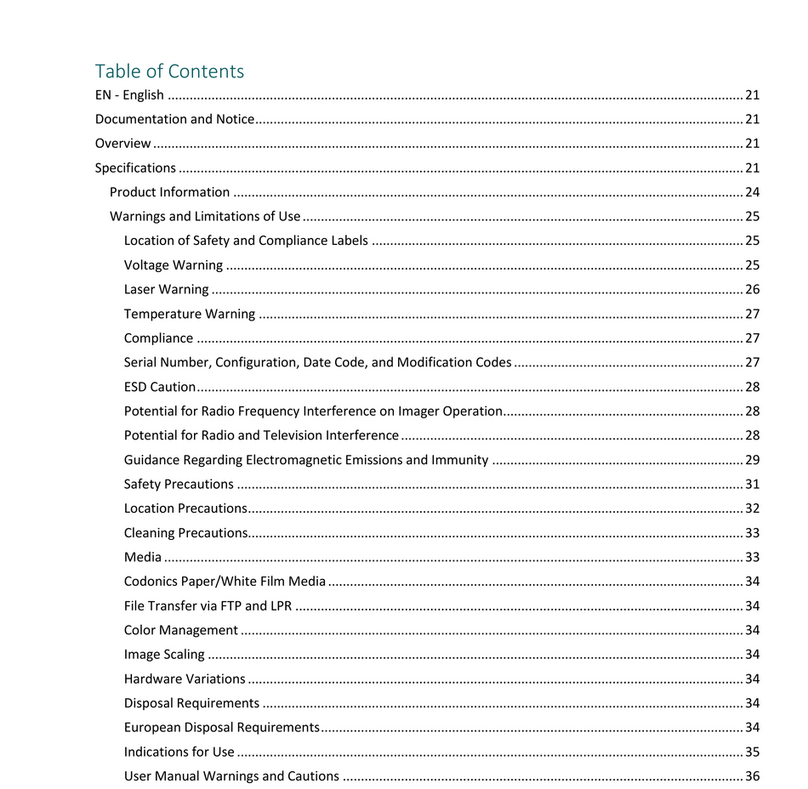
Ampronix
Ampronix Horizon XL manual
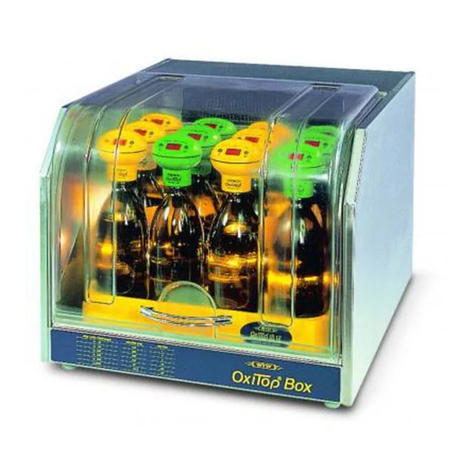
Xylem
Xylem WTW OxiTop Box operating manual

Metrohm
Metrohm OMNIS 2.1006.00X0 product manual
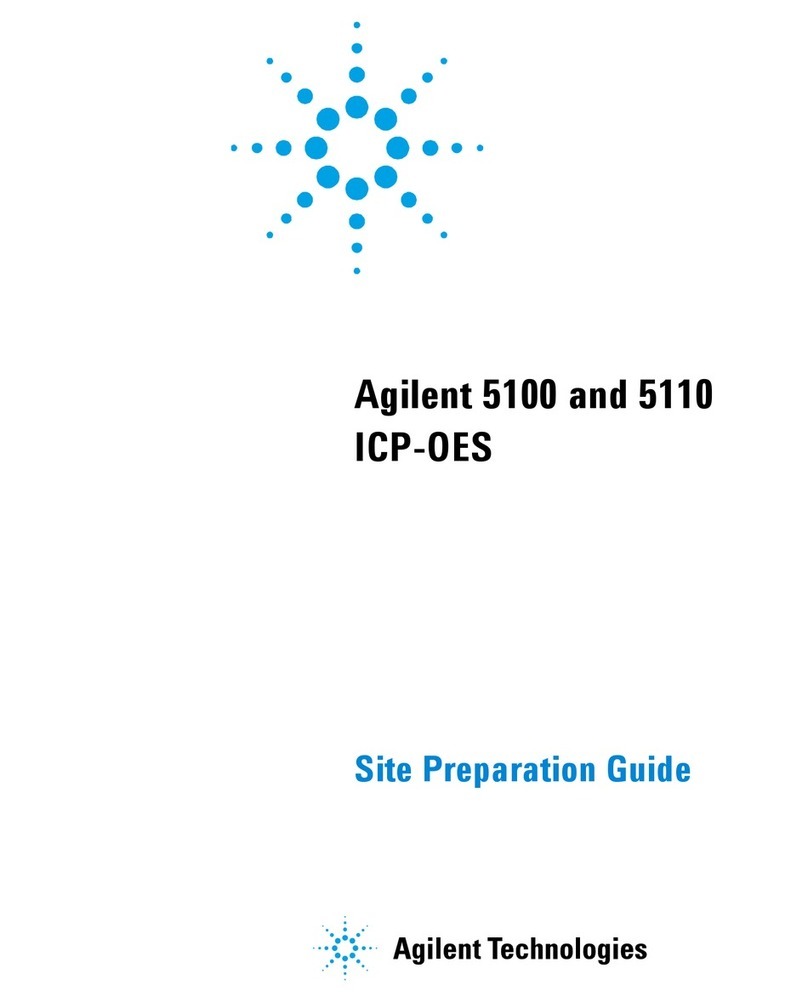
Agilent Technologies
Agilent Technologies 5100 ICP-OES Site preparation guide
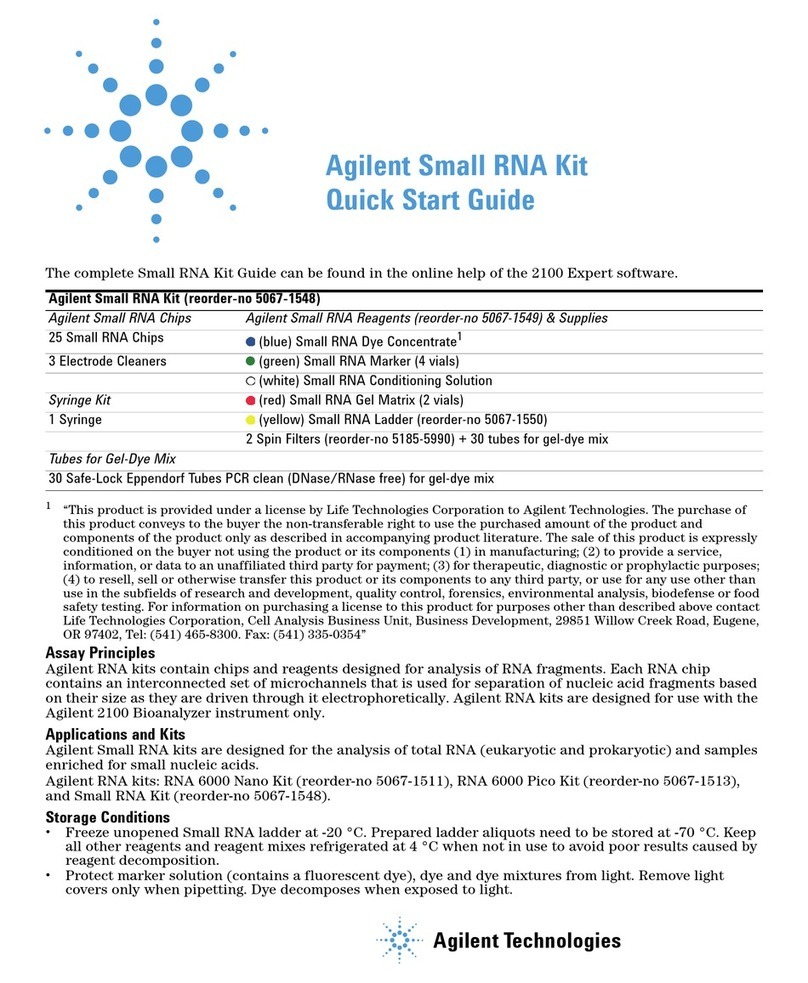
Agilent Technologies
Agilent Technologies Small RNA Kit quick start guide
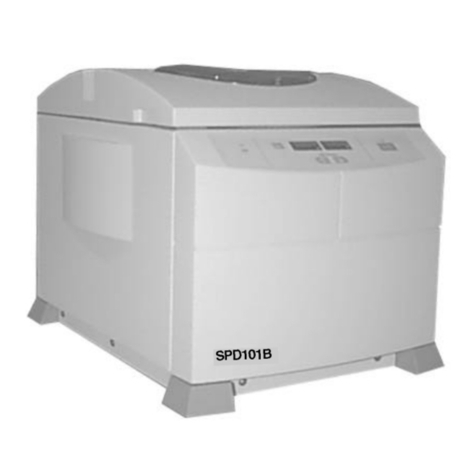
Thermo Savant
Thermo Savant SPEEDVAC SPD Series instruction manual
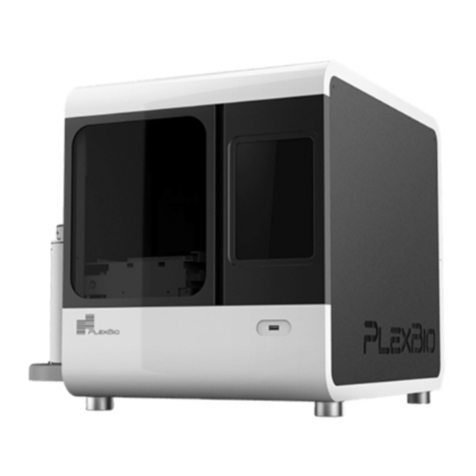
PlexBio
PlexBio IntelliPlex 1000 user manual
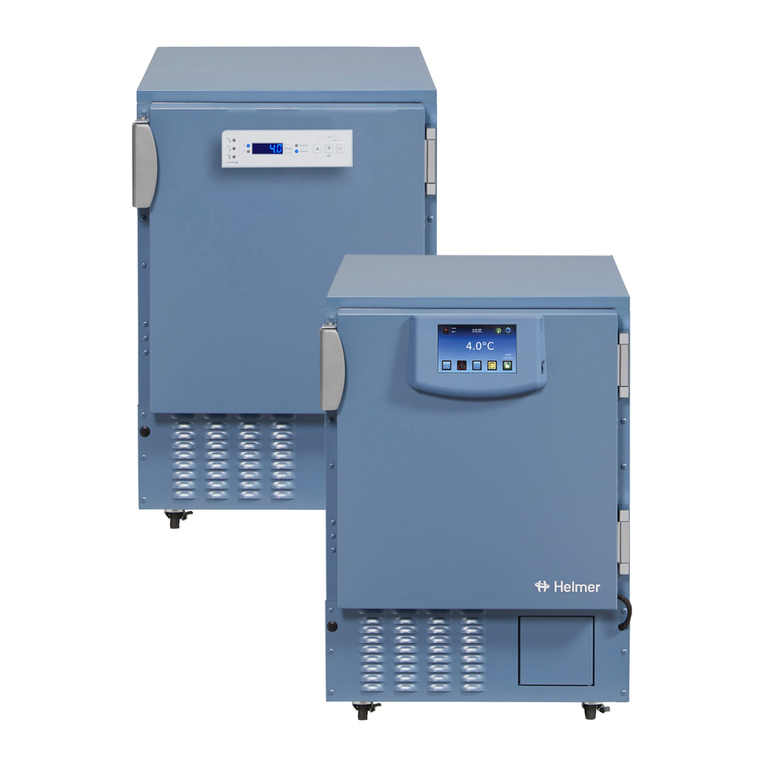
Helmer Scientific
Helmer Scientific i Series Service manual
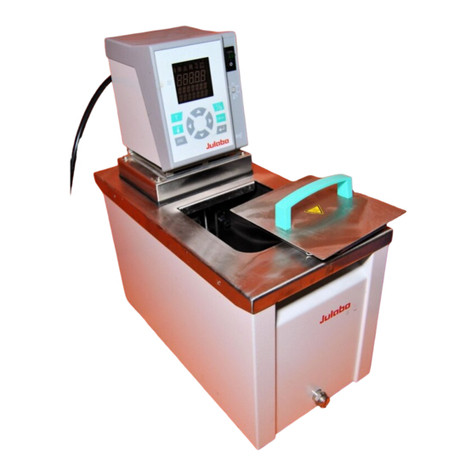
Julabo
Julabo ME-4 operating manual

Thermo Scientific
Thermo Scientific Heraeus Multifuge X3 F Instructions for use
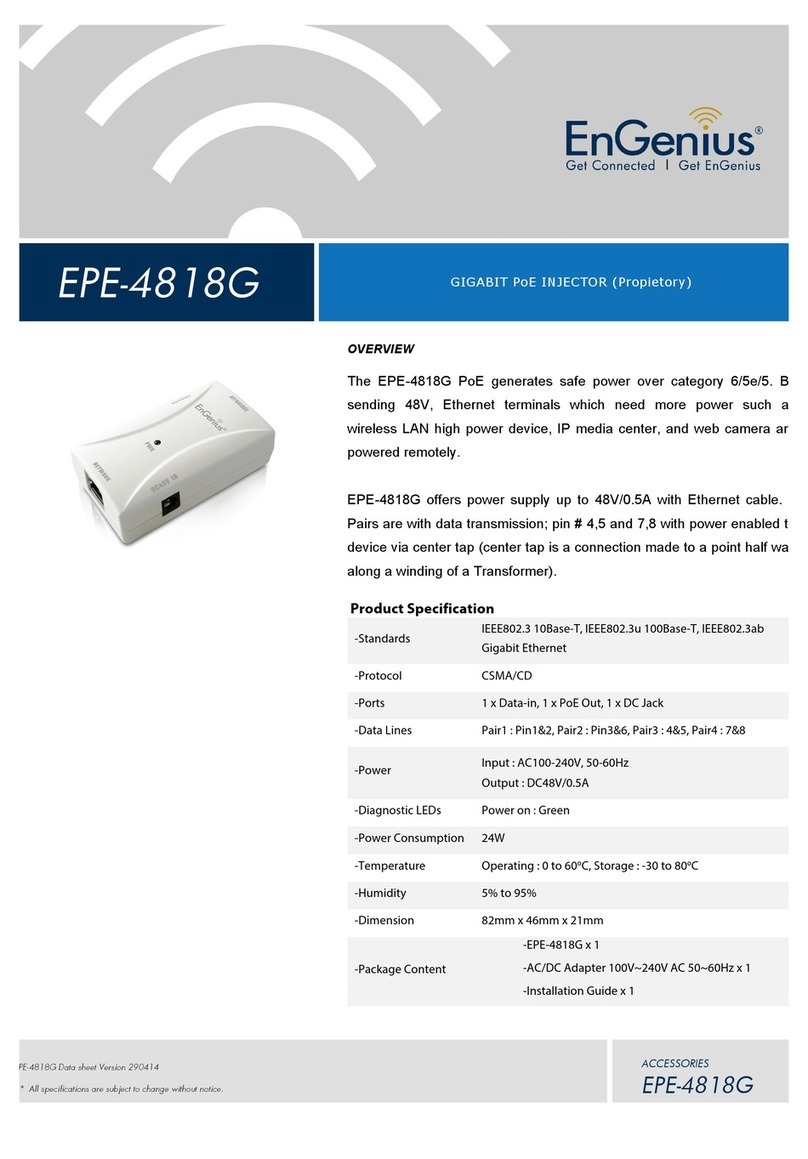
EnGenius
EnGenius EPE-4818G Installation guides
